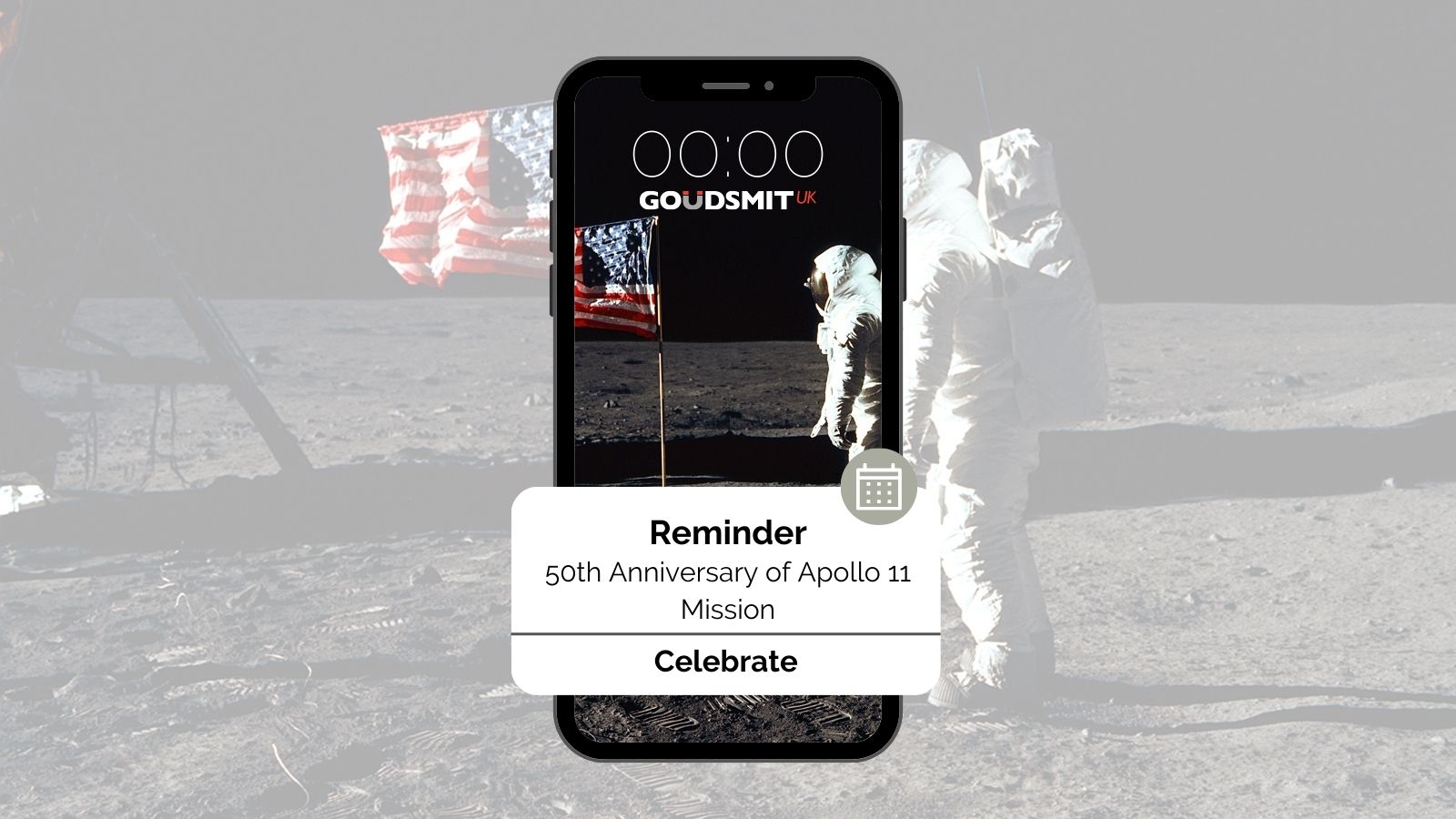2019 marks the 50th anniversary of when mankind first stepped onto the moon. However, this accomplishment would not have been possible without magnets.
The guidance and navigation system computers for the Apollo 11 spacecraft and lunar landing module were designed by MIT Instrumentation Laboratory. The memory system specifically used magnets to generate power instead of relying on electricity. Therefore, making the system more reliable and less vulnerable to power outages.
Magnets for satellites
Magnets have continued to play a key part in space exploration, with electromagnetic coils playing a central part in the life of a satellite. The magnetic torquer used controls attitude, detumbling, and stabilisation.
Moreover, magnetic torquer’s are positioned to yield a rotationally anisotropic magnetic field over an extended area. This field is controlled by switching current flow through the coils on or off, usually under computerised feedback control. The magnets themselves are mechanically attached to the craft, so that any magnetic force they exert on the surrounding magnetic field will lead to a magnetic reverse force and result in mechanical torque about the vessel’s centre of gravity. Therefore, making it possible to easily pivot the craft around in a known local gradient of the magnetic field by only using electrical energy.
NASA’s alpha magnetic spectrometer
NASA launched the Alpha Magnetic Spectrometer in May 2011. This state-of-the-art particle physics detector was carried into space by the Space Shuttle Endeavour and mounted on the International Space Station. The module identifies and measures antimatter in cosmic rays, providing vital information to understand the formation of the Universe and also the search for evidence of dark matter.
In the Alpha Magnetic Spectrometer, radiation and particles pass through a series of detectors. The characteristics of particles passing directly from the top to the bottom are recorded. These include:
- Permanent magnet bends the path of charged particles so they can be identified
- Electromagnetic calorimeter measures the total energy of the particles
- Transition radiation detector measures the velocities of the highest energy particles
- Anti-coincidence counter rejects stray particles that enter through the sides
- Silicon tracker measures the coordinates of charged particles in the magnetic field
- Star tracker determines the orientation of the module in space
- Ring imaging Cherenkov detector measures velocity of fast particles with extreme accuracy
- Upper time of flight counter, along with the lower time of flight counter, measures the velocities of lower energy particles
The magnetic force is generated by a 1,200 kg permanent neodymium magnet assembly. Original designs for the AMS-02 had considered using a low temperature superconducting magnet, but this was rejected based on the magnet life. The permanent magnetic assembly generates fields up to 0.15 Tesla.
Is there a magnetic future for space travel?
Scientists believe that magnets hold the key to space travel, with magnetic fields from strong permanent magnets are being used to test the possibly of powering space crafts to travel further into the universe.
However, the key question remains, with continuous technological development where will the next astronaut’s footprint be 50 years from now?
Goudsmit UK
High performance magnets from Goudsmit UK are used daily in hundreds of industrial applications across the world. All magnetic products manufactured by Goudsmit UK meet or exceed ISO 9001 and AS 9120 quality standards.
Contact us today for more information at info@goudsmit.co.uk or on +44 (0) 2890 271 001.
For more information on our magnetic products visit our webpage or download our products and services brochure here.







